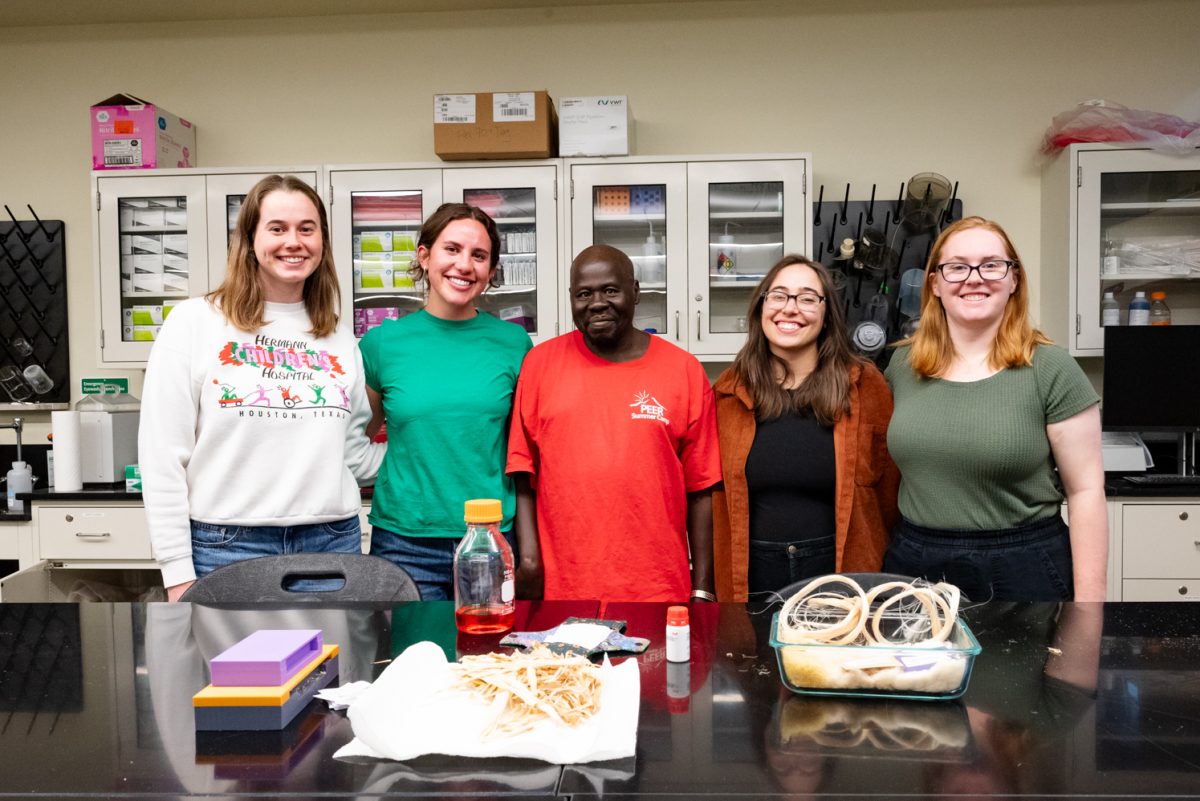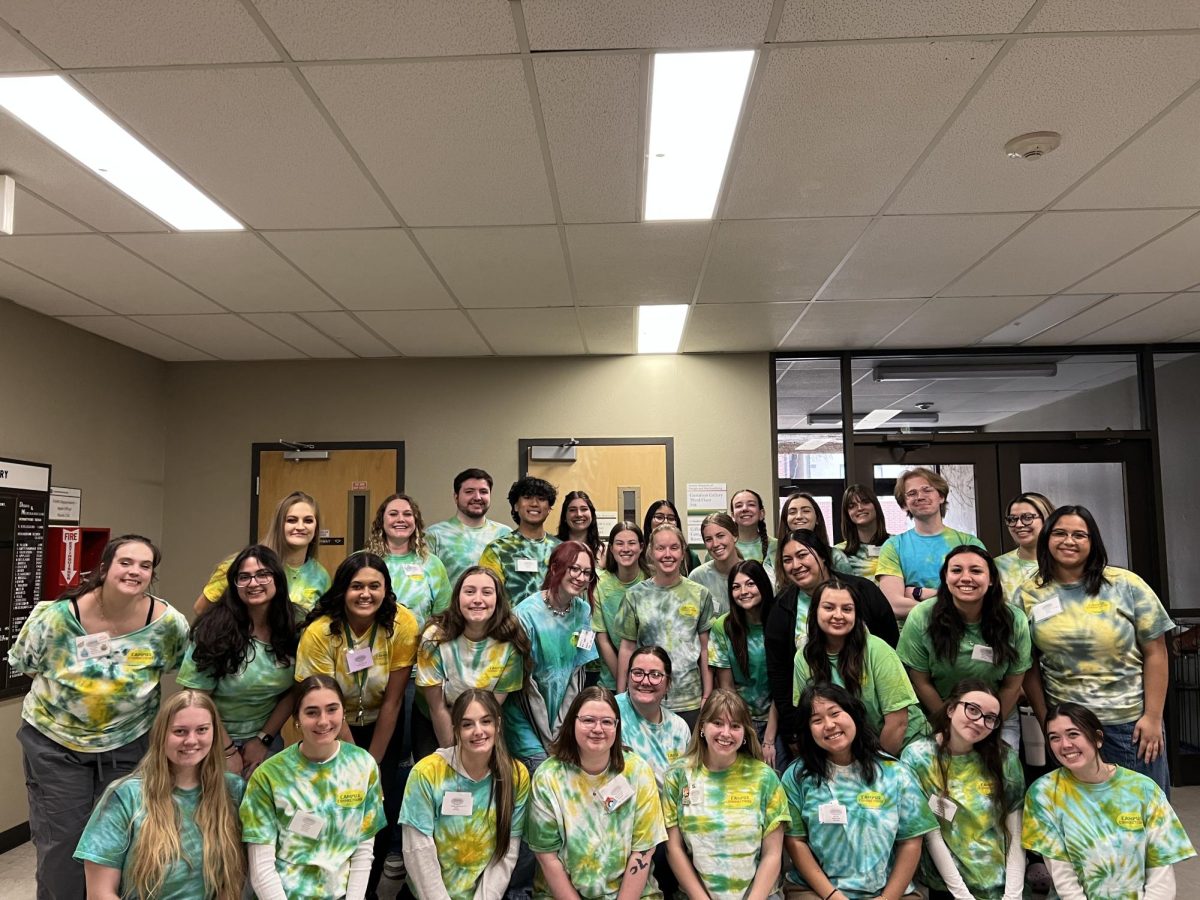
In 1916, Albert Einstein’s general relativity theory predicted that our world is of four dimensions: three of space and one of time. Any event in the universe will disturb the space time continuum, causing a gravitational wave to ripple out, the way that throwing a rock into water would create ripples along the surface of the water.
Recently, the Nobel Prize for Physics was announced – it went to three scientists who founded LIGO, a cooperation that researches gravitational wave astronomy, for the experimental proof of these gravitational waves. A CSU professor, Professor Carmen Menoni, is contributing to the next generation of this project through her research in optical engineering.
“We are advancing (a) state of art,” Menoni said. “We’re moving beyond to actually make (the research) more robust. With high power lasers, LIGO is investigating how we can tailor nano structures to make the mechanics more robust.”
Gravitational waves are detected with an interferometer, which works by merging two or more light sources together to create an interference pattern. Very small changes in the interference pattern can be detected, because of the set up of the interferometer.
The interferometer consists of two vacuum tubes positioned in an “L” shape. A wave of light is shot and split identically by a beam splitter. The identical waves of light then travel down these 4-kilometer tubes. At the ends of these tubes are mirrors, which reflect the light back, and the light travels back down the tube where the interference pattern is detected.
“LIGO plans to develop (a) more sensitive interferometer and to look at different wavelengths,” Menoni said. “We’re already thinking ahead (to) what is going to be needed for future interferometers.”

Gravitational waves, or disturbances in the space- time continuum, causes the entirety of space to shift. When the gravitational wave interacts with the interferometer, there is a length distortion, which means one of the 4-kilometer tubes will be slightly shorter, and the other will be slightly longer. The proof of gravitational waves is found by testing the interference pattern at different parts of the world, seeing the same results, after other wave sources, like seismic activity, are factored in.
Menoni’s research lab focuses on the optimization of the optical coatings on the mirrors at the end of the tubes. The optical coatings are made out of amorphous materials, silica and tantalum pentoxide, in order to increase the thermodynamic stability of the lasers and to decrease the energy lost from the interaction of the lasers and the optical mirrors. The purpose of their research is to establish relationship between structure and coating mechanical loss.
“(The research) has reached a point with what we can do to the current design,” said Mariana Fazio, a postdoctoral researcher studying electrical and computer engineering. “We need something very original and creative to hit the right answer. It really drives you (to think), ‘If I think a little out of the box’ the idea could hit you.”
Working with LIGO has been an amazing experience, according to Fazio and Le Yang, a second year graduate student studying chemistry. LIGO, being a research group with thousands of scientists in over 20 countries, has a large amount of resources for the scientists involved to advance this area of research.
“There are so many resources shared with others,” Yang said. “There are limited experiments that we can do at CSU, (but) we can do whatever we want to with MIT or CalTech. It’s really amazing. Even if we don’t do experiments, we can share many ideas.”
The universe has been studied in various of ways, from neutrinos to electromagnetic radiation. Gravitational waves present direct evidence in the space- time continuum, and could lead to a greater understanding of the nature of our universe.
Collegian reporter Julia Trowbridge can be reached at news@collegian.com or on Twitter @chapin_jules.








